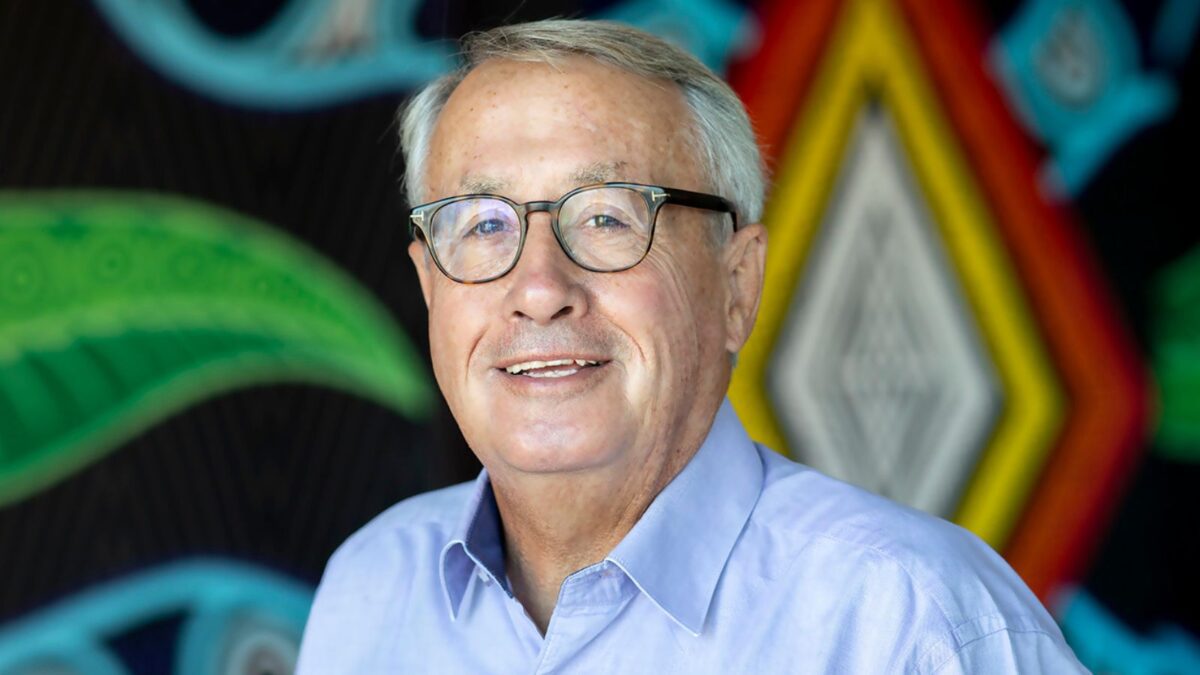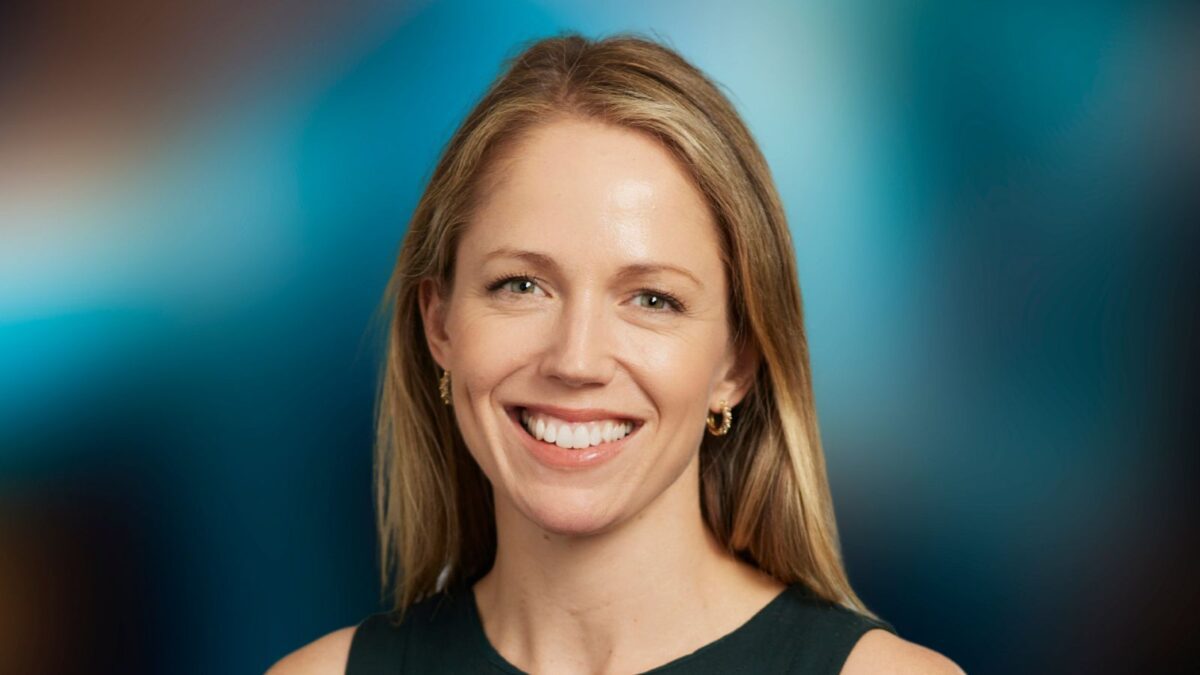Gap in retail registry looms with Computershare’s exit
Computershare has notified clients and ‘handcuffed’ key staff in its retail unit registry business after a decision to exit the business once all existing contracts are honoured. The decision exposes a severe lack of infrastructure in the administration of retail managed funds in Australia.
Computershare, one of the world’s largest share registry companies, has provided unit registry for Australian fund managers for the past five years, either through their custodians or directly. Computershare is estimated to have about 40 per cent of the outsourced registry – transfer agency – market, or 10 per cent of the whole market. The next largest are NAB and independent Mainstream BPO. The registry business is expected to get a big increase in demand for its services when the ASX’s ‘AQUA II’ initiative gets underway some time next year.
Notwithstanding this, Computershare decided in May that it was unlikely to get an appropriate return on its investment and that it would exit the business in an orderly fashion. It’s big customers, which include, BNP Paribas, Citi and Northern Trust, now have to find an alternative way to satisfy their clients’ retail registry needs. Most will build on their inhouse wholesale registry capabilities, possibly with some help from their overseas parents. Managers which have gone direct to Computershare for unit registry include K2 Asset Management and Charter Hall.
Citi’s head of investor services, Martin Carpenter, said the firm had deployed its global platform and was already up and running with a client fund manager, believed to be Dimensional.
As one Computershare client observed: “It’s a bit like superannuation administration. It’s an essential service but people don’t seem prepared to pay enough for it for anyone to make much money out of it… You’d think with the increase in SMSFs that there would be a place for a big retail unity registry business with sufficient scale for a sustainable operation.”
Computershare’s share registry rival in Australia, Link Group, happens to also own the super administrator AAS. It is understood that Link is hoping to add more scale to AAS with the possible purchase – one day – of the NSW Government-owned Pillar administration business if the NSW Government chooses to put that on the market.
Struggling to make a profit from unit registry, Computershare stopped taking new business last September and then, in January this year, took a new rate card to the market with much higher fees for its service. Most, or all, existing clients baulked at the significantly higher fees.
To its credit, Computershare has told clients it is continuing with its development work to make its registry compliant with AQUA II and will be able to service clients through their contracts, some of which run to 2017 or thereabouts. Some clients wonder, however, how much effort Computershare will be putting into this.
Computershare entered the unit registry business after buying Chris Bain’s TrustArchitect system in 2007. Bain had been a senior executive of the former County Australia Investment Management, which was acquired by National Australia Bank in the late 1990s.
Ironically, it was County’s expansion into the retail funds management market, including the construction of its own retail registry business known as CARS (County Australia Registry Services) which led to its downfall.
County was a former high-flying institutional funds manager which survived the 1987 crash, unlike a few of its contemporaries, but then went on an expensive growth path into the retail sphere. This didn’t work and County was sold by its UK parent. At the time of sale it had about A$16 billion under management, about 150 staff – many of whom worked in the backoffice – and was making little or no profit.
NAB maintained and developed the CARS system, which is the only piece of the takeover target’s infrastructure which was retained after the purchase. RBC, State Street and JP Morgan also use in-house systems, although JP Morgan is understood to have been in discussions with Computershare until the recent decision. The issue for the industry is that Computershare’s TrustArchitect system is probably the best unit registry system available in the market, according to one client. The inhouse systems used by the other custodians are mostly not web enabled and do not have call centres attached.
One custodian, however, suggested that there had been progress over the past couple of years, with increasing use of SWIFTnet and Calastone, to improve connectivity with platforms and planner systems vendors. “We are not as far behind as you may think,” he said.
After acquiring Chris Bain’s system, and hiring him as a business development manager, Computershare integrated TrustArchitect into its wider share registry platform. It intends to still use some of the well-regarded technology in other areas after it closes the business down completely.
Another big client suggested that Computershare’s problem was that its transfer agency system was possibly “over engineered” for what the market was prepared to pay.
AQUA II, the second attempt by the ASX to administer a listed managed funds market, will both add to demand for services from registrars, such as Computershare, and take away some of their business. AQUA II will act like a wrap, according to researcher Tria Partners. Tria says: “The AQUA platform takes application and redemption requests (and associated cashflows) from clients, forwards them to the fund manager for fairly automated processing by the registry team.”
There is no intra-day trading under AQUA II and the investors deal only with the fund managers – not each other.
Tria said in a December 2012 report that when AQUA is functioning: “Fund managers’ back offices – often outsourced – need to connect to the ASX. This is an expensive development, but at least one unit registrar – Computershare – is already undertaking the work, and will be there on day one to support fund managers. It’s actually a good strategy for outsourced administrators to bring new fund manager clients on board, and potentially get the rest (i.e. non-AQUA II related) of their business as well…”









